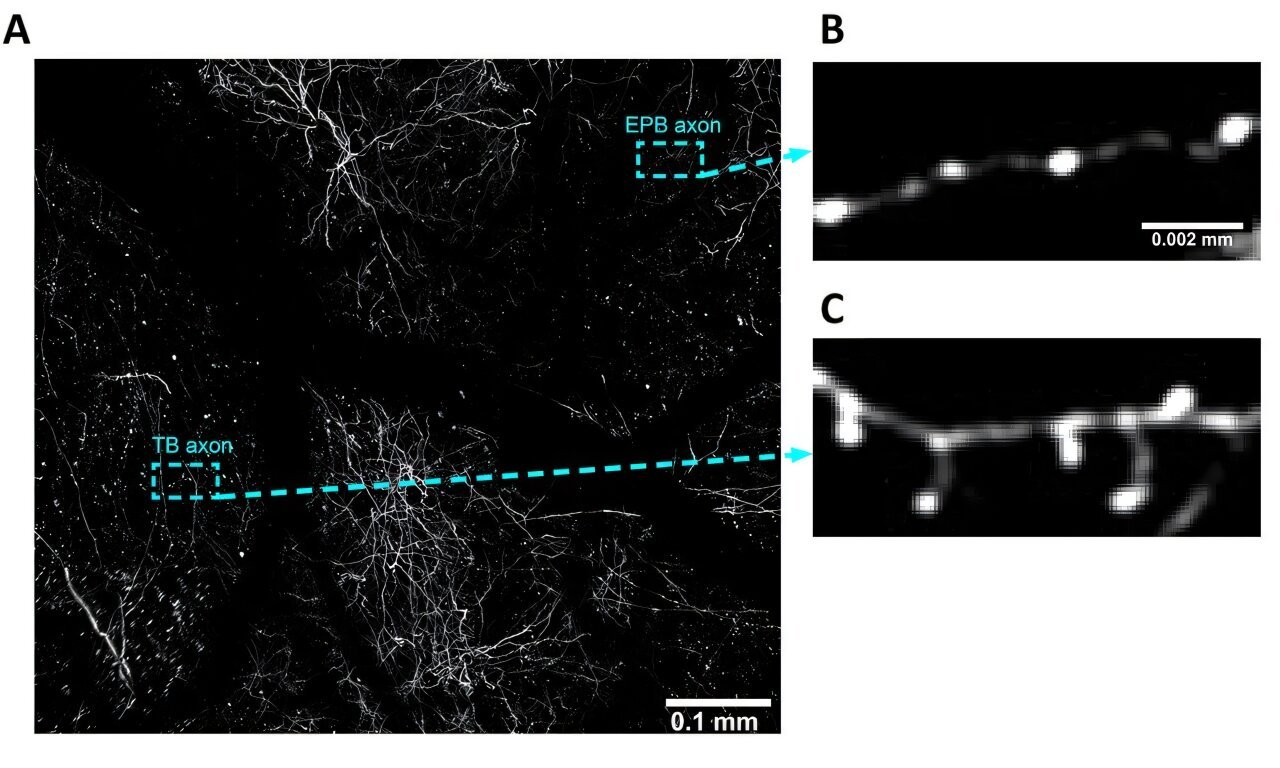Every heartbeat propels life through the arteries. But for millions, this life force becomes a silent, ticking threat. High blood pressure—or hypertension—affects nearly 1.3 billion people globally, increasing the risk of heart attacks, strokes, kidney disease, and premature death. Among them, about 10% battle a more stubborn adversary: resistant hypertension, a form that defies standard treatments, often pushing patients and physicians into a high-stakes corner.
For years, one medication—spironolactone—has stood as the go-to fourth-line treatment for resistant cases, added after the usual triple-drug regimen of a renin-angiotensin system (RAS) inhibitor, calcium channel blocker, and thiazide diuretic fails. Yet spironolactone comes with baggage: hyperkalemia, gynecomastia, and hormonal disturbances that limit its long-term use, especially in older or more vulnerable patients.
But now, thanks to a multi-center clinical trial led by Yonsei University College of Medicine in South Korea, a new candidate is stepping into the ring: amiloride. This little-known potassium-sparing diuretic, often overshadowed by spironolactone, may offer the same benefits—without the hormonal chaos. The findings, published in JAMA, could shift the paradigm for how clinicians approach a notoriously hard-to-manage condition.
Let’s explore why this matters, what the study found, and what it could mean for the millions struggling to control their blood pressure.
Why Resistant Hypertension Remains a Clinical Puzzle
Before diving into the study, it helps to understand what makes resistant hypertension such a uniquely dangerous clinical challenge.
Resistant hypertension is diagnosed when a patient’s blood pressure remains elevated despite being on three antihypertensive agents at optimal doses, typically including a diuretic. Even after lifestyle modifications and strict adherence to medication, these patients continue to exhibit systolic blood pressures (SBP) above the target threshold—often 130 mm Hg or higher at home.
The problem isn’t just numbers. Resistant hypertension is strongly associated with increased cardiovascular and renal risks. Patients are more likely to suffer myocardial infarctions, heart failure, chronic kidney disease progression, and all-cause mortality.
To manage it, doctors turn to spironolactone, a mineralocorticoid receptor antagonist. It works by countering aldosterone, a hormone that promotes sodium retention and potassium loss. By blocking aldosterone’s effects, spironolactone helps the body shed excess fluid, easing the pressure on blood vessels. It’s effective—but it’s not perfect.
Spironolactone’s downside? Hormonal side effects. In men, it can cause gynecomastia—painful breast enlargement—and sexual dysfunction. In both sexes, it raises the risk of hyperkalemia, a potentially life-threatening condition characterized by dangerously high potassium levels. These risks lead many clinicians to hesitate before prescribing it, and patients often discontinue treatment due to discomfort or complications.
Enter amiloride—a different kind of potassium-sparing diuretic that acts further downstream in the nephron, inhibiting epithelial sodium channels (ENaCs). It avoids the hormonal pathways affected by spironolactone and thus sidesteps many of its most worrisome side effects.
The Yonsei Trial: A New Chapter in Antihypertensive Therapy
The Yonsei University-led study, titled “Spironolactone vs Amiloride for Resistant Hypertension: A Randomized Clinical Trial,” wasn’t just another head-to-head drug comparison. It was a rigorously designed, multi-center, randomized, open-label but blinded-endpoint trial—the gold standard for determining therapeutic equivalence.
118 patients from 14 hospitals across South Korea were recruited, ranging in age from 19 to 75. These individuals had already been on a fixed-dose triple-drug therapy (RAS inhibitor, calcium channel blocker, thiazide diuretic) for at least four weeks, with no success in lowering SBP below 130 mm Hg. These weren’t borderline cases—they were real-world examples of resistant hypertension.
Participants were randomly assigned to receive either:
- 12.5 mg of spironolactone daily, or
- 5 mg of amiloride daily.
After four weeks, if home SBP was still 130 mm Hg or higher, doses were increased to 25 mg spironolactone or 10 mg amiloride. Throughout the 12-week treatment period, participants measured their BP twice daily at home, and adherence was monitored meticulously using pill counts—ensuring data fidelity.
The Results: Amiloride Holds Its Own
By week 12, the data were in—and they were striking.
- Patients in the amiloride group saw an average SBP reduction of 13.6 mm Hg.
- Those in the spironolactone group had an average reduction of 14.7 mm Hg.
The difference? Just 1.1 mm Hg—well within the study’s noninferiority margin of −4.4 mm Hg. Statistically, that means amiloride is just as effective as spironolactone at lowering SBP in this population.
But it gets even more interesting.
- 66.1% of patients in the amiloride group achieved the target home SBP below 130 mm Hg,
- compared to only 55.2% in the spironolactone group.
This doesn’t just meet the standard of noninferiority—it hints at a potential edge for amiloride, especially in certain patient populations.
Adverse effects were also revealing. There was only one reported case of hyperkalemia-related discontinuation in the amiloride group, and no cases of gynecomastia in either group. Spironolactone’s notorious side effects didn’t show up significantly in this short trial, but over longer periods or in larger populations, the risks are more pronounced.
Why This Matters: Clinical and Practical Implications
The findings have deep clinical significance. They offer a viable, effective alternative to spironolactone for patients who cannot tolerate its hormonal effects or are at risk for hyperkalemia.
Amiloride:
- Preserves potassium without acting on steroid hormone receptors.
- Has a more favorable side effect profile in many patients.
- May be preferable in elderly or frail patients, where side effects from spironolactone can be more dangerous.
The study also provides reassurance about the real-world effectiveness of amiloride, as it relied on home BP measurements rather than in-clinic assessments. This makes the findings more reflective of day-to-day management, especially as more hypertension guidelines pivot toward ambulatory and home BP tracking.
From a public health perspective, this could also mean greater flexibility for physicians trying to manage a complex condition with limited pharmacologic tools. In places where spironolactone is contraindicated, unavailable, or poorly tolerated, amiloride could become a frontline fallback.
What the Study Didn’t Say—And What Future Research Must Explore
Of course, no study is without limitations.
The Yonsei trial was relatively small, and its 12-week duration might not fully capture long-term adverse events or therapeutic durability. For instance, the low incidence of gynecomastia might reflect the short duration rather than a true absence of risk.
Moreover, the trial population was exclusively Korean, which raises questions about generalizability across ethnicities and geographic populations. Genetic, dietary, and environmental factors all influence hypertension and drug metabolism. Future studies will need to validate these findings in diverse populations.
Another key limitation: cost and availability. Amiloride is not as widely available as spironolactone in many parts of the world, and clinicians are less familiar with its use. Wider adoption will require education, regulatory clarity, and possibly new formulations or combination therapies that include amiloride.
Lastly, future research should explore long-term cardiovascular outcomes. Does using amiloride instead of spironolactone lead to differences in heart attack risk, stroke rates, kidney function, or survival over time? That’s still an open question—but one worth answering.
Conclusion: Amiloride Steps Out of the Shadows
In the often frustrating world of resistant hypertension, the Yonsei study offers a welcome dose of clarity and hope. Amiloride, once relegated to the sidelines, is proving itself to be a serious contender—equally effective, possibly better tolerated, and far less entangled in hormonal side effects.
As modern medicine moves toward personalized care, where the right drug for the right patient matters more than rigid protocols, findings like this are invaluable. They broaden the therapeutic toolkit and remind us that older, overlooked drugs can still surprise us with new relevance.
Ultimately, for the millions who struggle to bring their blood pressure under control despite doing everything right, amiloride may be more than an alternative—it may be the answer they’ve been waiting for.
Reference: Chan Joo Lee et al, Spironolactone vs Amiloride for Resistant Hypertension: A Randomized Clinical Trial, JAMA (2025). DOI: 10.1001/jama.2025.5129






